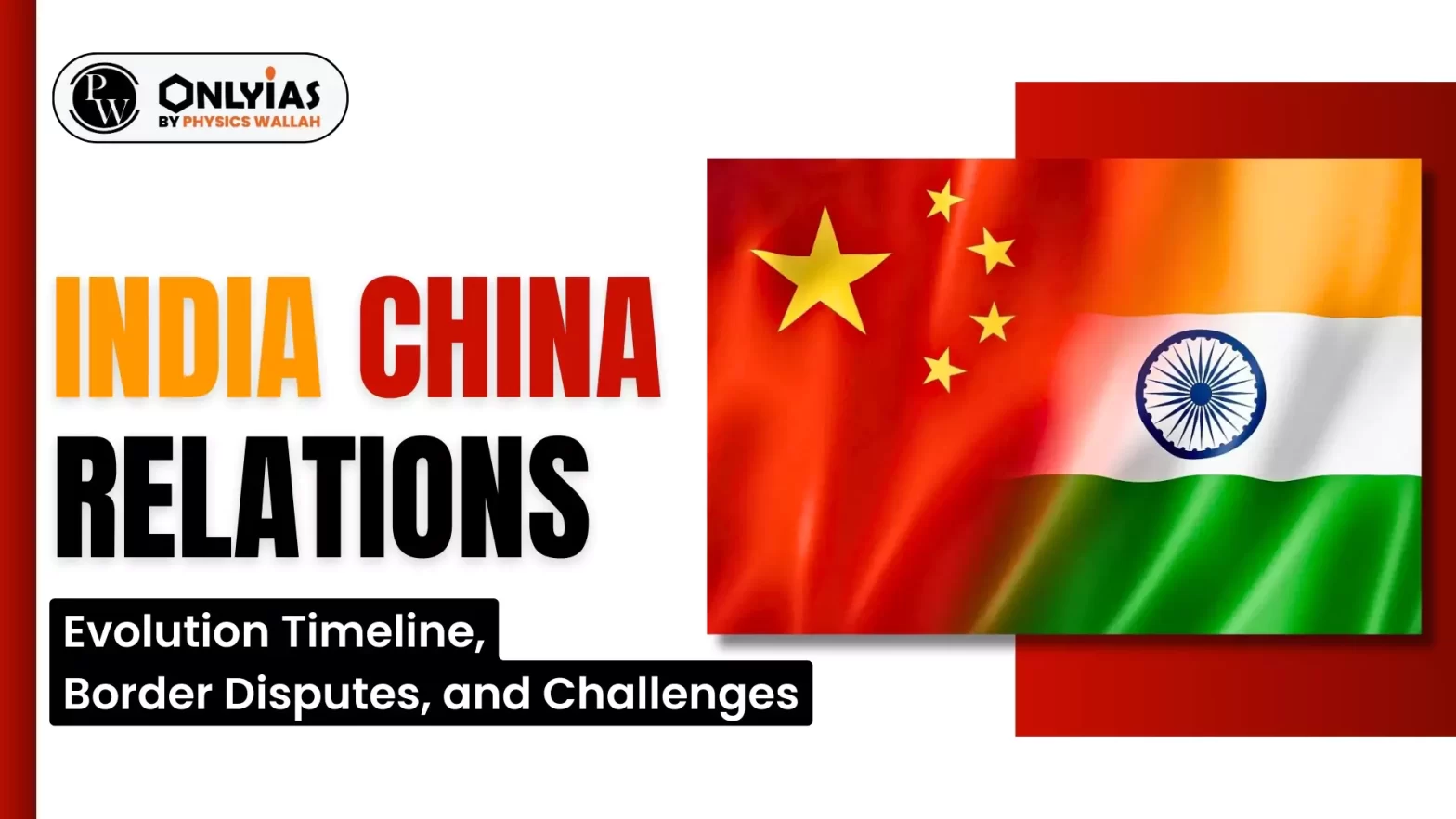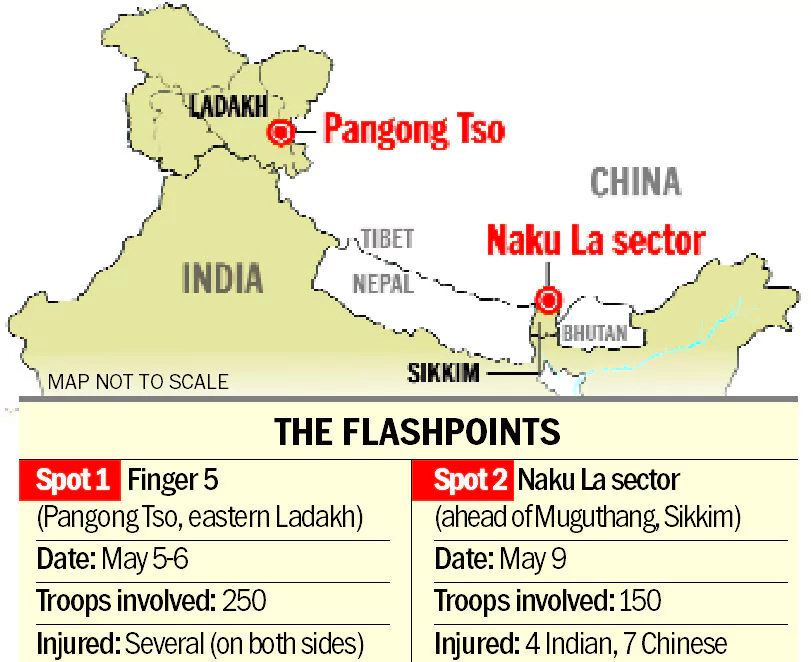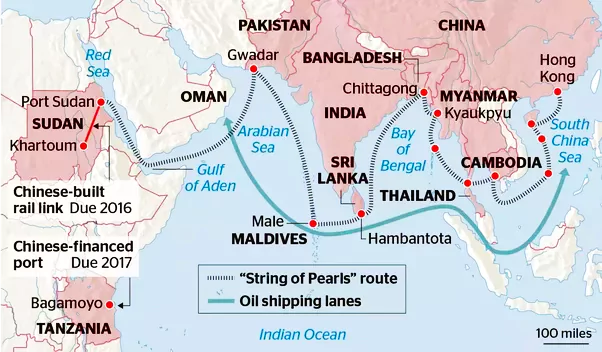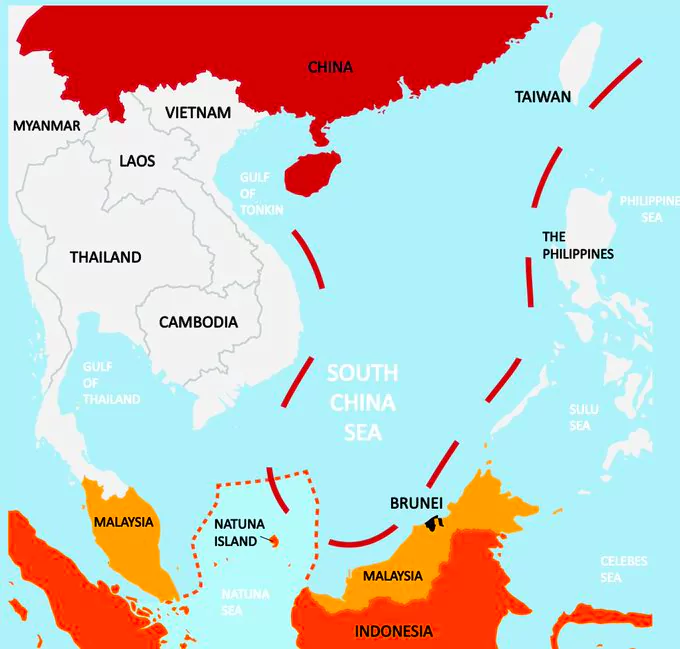
This Article is based on the news “Jaishankar to China: It’s in our common interest not to mass troops at the LAC” which was published in the Indian Express. China has lodged a diplomatic protest with India over the Prime Minister’s (PM’s) visit to Arunachal Pradesh, where he dedicated the newly-built Sela Tunnel to the nation.
| Relevancy for Prelims: Sela Tunnel, India China Relations, Belt And Road Initiative, China’s Maritime Expansion,and Security Challenges And Border Management In India.
Relevancy for Mains: Effect of policies and Politics of Developed and Developing countries on India and its interests. |
|---|
Background of India China Border Disputes
|
|---|
 Education: India and China signed the Education Exchange Programme (EEP) in 2006 under which government scholarships are awarded to 25 students, by both sides in recognized institutions of higher learning in each other’s country.
Education: India and China signed the Education Exchange Programme (EEP) in 2006 under which government scholarships are awarded to 25 students, by both sides in recognized institutions of higher learning in each other’s country.

Indian Efforts to Counter Chinese Influence
|
|---|
| Prelims PYQ (2022):
Which one of the following statements best reflects the issue with Senkaku Islands, sometimes mentioned in the news? (a) It is generally believed that they are artificial islands made by a country around South China Sea. (b) China and Japan engage in maritime disputes over these islands in East China Sea. (c) A permanent American military base has been set up there to help Taiwan to increase its defence capabilities. (d) Through International Court of Justice declared them as no man’s land, some South-East Asian countries claim them. Ans: (b) |
|---|
| Must Read | |
| NCERT Notes For UPSC | UPSC Daily Current Affairs |
| UPSC Blogs | UPSC Daily Editorials |
| Daily Current Affairs Quiz | Daily Main Answer Writing |
| UPSC Mains Previous Year Papers | UPSC Test Series 2024 |
To get PDF version, Please click on "Print PDF" button.
SC Verdict on Newsclick Shows Adherence to Due Pro...
Stay Invested: On Chabahar and India-Iran Relation...
Credit Rating Agencies, Impact on India’s De...
Catapulting Indian Biopharma Industry
Globalisation Under Threat, US Import Tariffs Have...
Global Report on Hypertension, Global Insights and...
<div class="new-fform">
</div>
